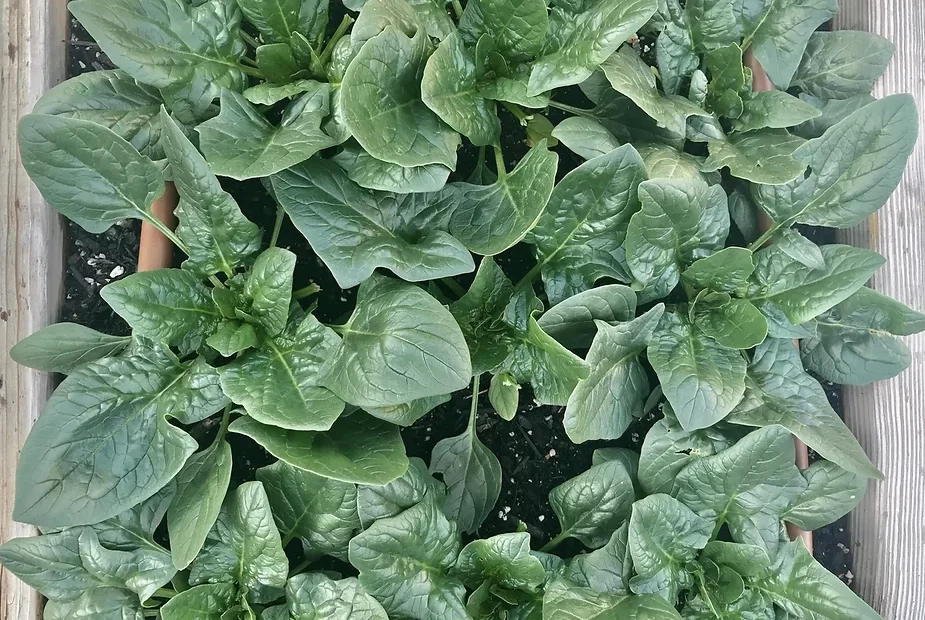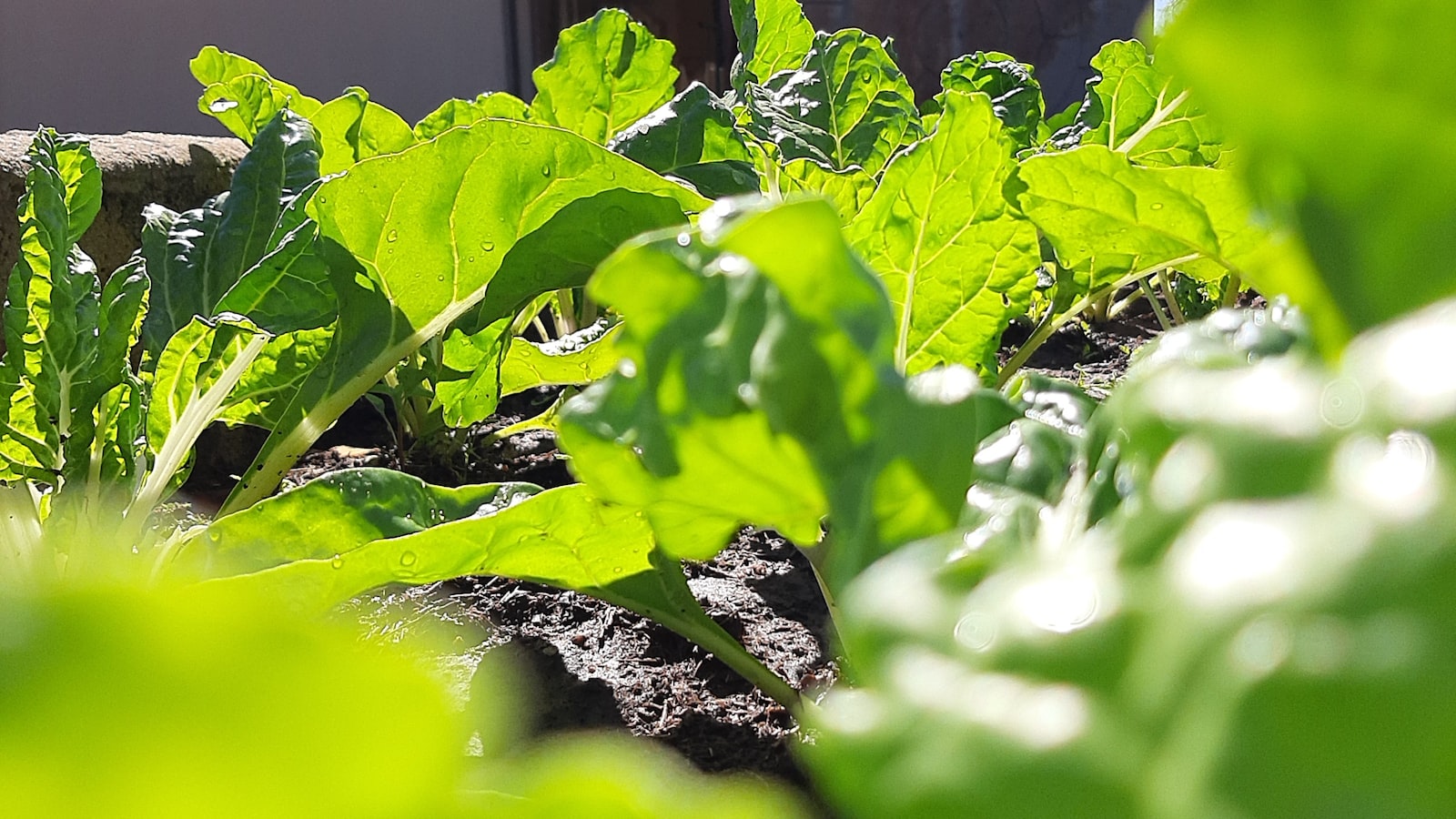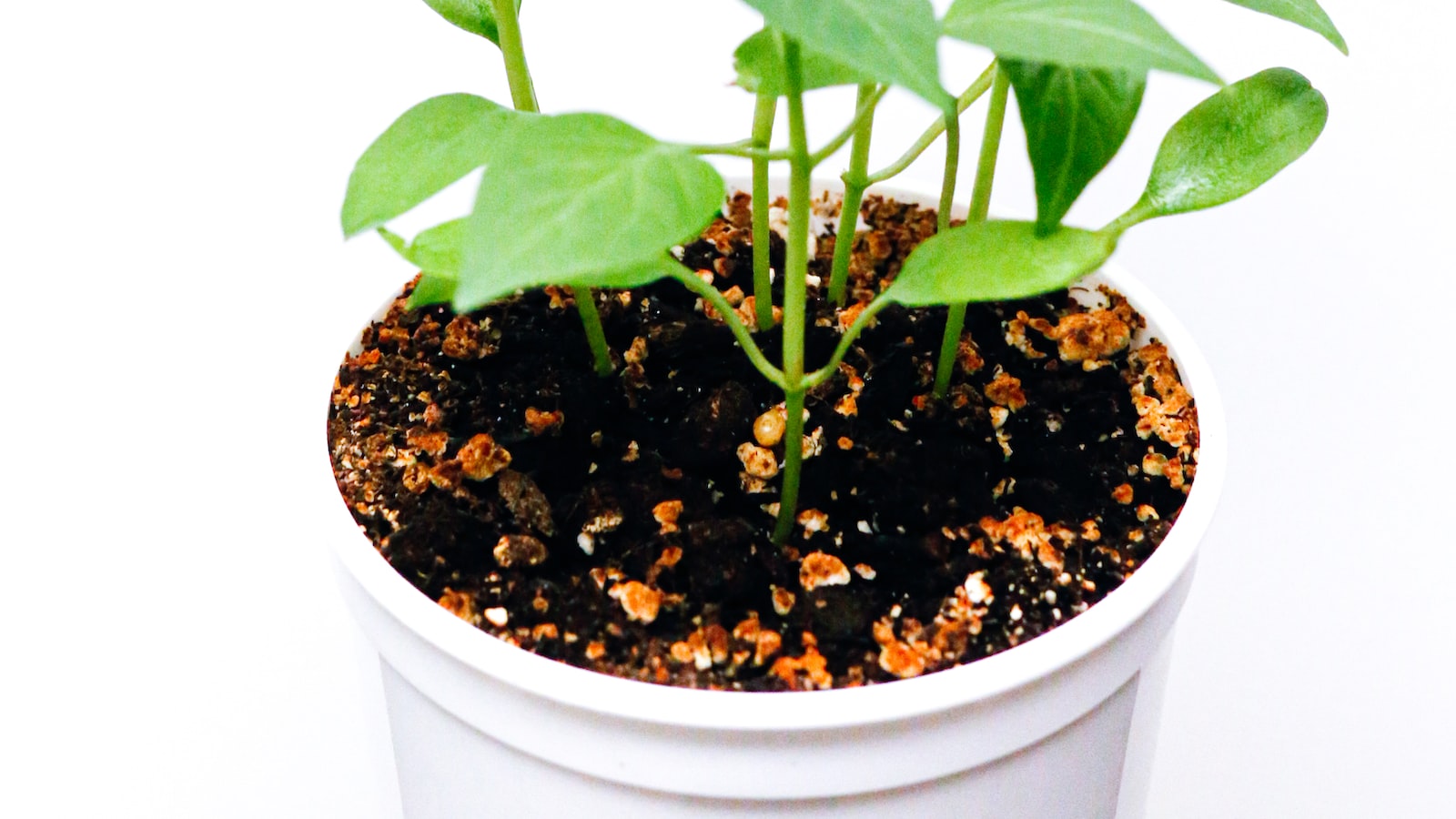
Sprightly leaves bask under the Texan sun, beckoning gardeners and health enthusiasts alike to cultivate the ever-nourishing spinach. As the seasons dance across this vast landscape, deciding precisely when to plant spinach in Texas can feel akin to navigating a labyrinth of climatic nuances. Fear not, for we have embarked on an exquisite journey to unravel the secrets of spinach planting timelines in the Lone Star State. In this verdant escapade, we shall unearth the ancient knowledge passed down from seasoned gardeners and experienced green thumbs alike, guiding you towards a flourishing spinach patch that will leave your taste buds craving more. So, let us don our gardening gloves and embark on this leafy adventure, where time harmonizes with nature, and the earth becomes our canvas.

Best Time to Plant Spinach in Texas
If you’re a Texan looking to cultivate your own lush green garden, you might be wondering when the best time to plant spinach is in the Lone Star State. Fortunately, this versatile leafy vegetable can thrive in a variety of climates, making it a great addition to any garden. Whether you’re a seasoned gardener or a beginner, knowing the optimal planting window for spinach in Texas can significantly increase your chances of a successful harvest.
In Texas, the ideal time to plant spinach varies depending on which part of the state you reside in. As a general rule, spring and fall are the two prime seasons for spinach planting. In the northern regions of Texas, such as Dallas and Amarillo, early spring (February to March) is the perfect time to start sowing your spinach seeds. The mild temperatures and ample sunlight create an ideal environment for rapid germination and growth. On the other hand, if you’re located in southern Texas, including cities like Houston and San Antonio, planting spinach in the fall (September to October) yields excellent results. The slightly cooler temperatures during this time of year help prevent the spinach plants from bolting, ensuring a longer harvesting period.
To make the most of your spinach planting journey, here are some features and tips that can further enhance your chances of a flourishing garden:
| Feature |
Tip |
| Fast-growing variety |
Choose a fast-growing spinach variety to enjoy fresh, homegrown leaves sooner. |
| Well-drained soil |
Ensure your garden beds have well-drained soil to prevent waterlogged roots and promote healthy growth. |
| Partial shade |
Opt for a partially shaded area to protect your spinach plants from the scorching Texas sun during summer months. |
Remember to keep these tips in mind when it comes time to plant your spinach in Texas. By following the planting guidelines and utilizing the recommended features, you’ll be well on your way to a bountiful spinach harvest, adding a touch of fresh green goodness to your Texan table all season long.

Loading... Seconds Left for
Miniature Orchid Terrarium Gallery!

Factors to Consider When Planting Spinach in Texas
When planning to grow spinach in Texas, several essential factors should be taken into consideration to ensure a successful and thriving harvest. By paying attention to these key aspects, you can maximize the potential of your spinach crop and enjoy a bountiful supply of fresh, nutrient-rich greens.
Firstly, it
is crucial to select the appropriate time for planting spinach in Texas. The ideal period to sow spinach seeds is during the cooler months, such as late fall or early spring when the temperatures range between 40°F and 75°F. This temperature range provides the optimal conditions for germination and growth. It is also important to note that spinach tends to bolt, or send up a flower stalk, in response to high temperatures. Therefore, planting well in advance of the scorching summer temperatures is vital to avoid your spinach prematurely bolting and going to seed.
| Features |
Tips |
| Soil: |
Choose well-draining soil with a slightly acidic pH level of 6.0-7.5 |
| Watering: |
Keep the soil consistently moist but avoid overwatering to prevent root rot |
| Spacing: |
Plant seeds or seedlings about 4-6 inches apart to allow ample room for growth |
Additionally, growing spinach in Texas requires attention to soil and watering practices. Spinach thrives in well-draining soil with a slightly acidic pH level ranging from 6.0 to 7.5. Ensure the soil is rich in organic matter and properly prepared before planting. Adequate moisture is crucial for spinach growth, but be cautious not to overwater, as it may lead to root rot. Regularly check the soil moisture and aim for consistent moistness to support healthy root development and lush, vibrant foliage.

Spinach is a versatile and nutritious leafy green that thrives well in Texas, provided it is planted at the right time. To ensure a successful and bountiful spinach harvest, it’s crucial to follow a recommended planting schedule. By adhering to these guidelines, you can maximize your chances of growing vibrant and healthy spinach plants in your Texas garden.
In Texas, the ideal time to plant spinach is in early spring, as this allows the plant to establish itself before the scorching summer temperatures set in. Typically, the recommended planting window starts from mid-February and extends through March. This timeframe ensures that the spinach seeds have sufficient time to germinate and develop into sturdy seedlings before the heat becomes too harsh.
Features & Tips:
| Feature/Tips |
Benefit |
| Choose the right variety |
Ensures optimal growth and flavor |
| Provide consistent moisture |
Avoids bolting (premature flowering) and promotes leaf development |
| Protect from extreme heat |
Prevents wilting and bolting |
When selecting a spinach variety for your Texas garden, consider options such as Bloomsdale, Tyee, or Avon. These varieties are well-suited to the local climate and have excellent heat tolerance. Additionally, spinach thrives in moist soil, so regular watering is crucial. Mulching around the plants helps retain moisture and suppresses weeds that could compete with the spinach for nutrients. It’s also important to shield your spinach beds from the scorching summer sun by providing shade using row covers or installing a shade cloth.
decoding="async" class="kimage_class" src="https://up-gardening.com/wp-content/uploads/2023/10/photo-1622485831129-b820c2891f4e.jpg" alt="Tips for Successful Spinach Planting in Texas">
Tips for Successful Spinach Planting in Texas
<p>In the Lone Star State, knowing the perfect timing for planting spinach can make all the difference in ensuring a bountiful harvest. While spinach is a cool-season vegetable that thrives in moderate temperatures, Texas's climate can be a bit challenging. To give your spinach plants the best start, it's important to understand the optimal planting dates and a few helpful tips.</p>
<p>When it comes to planting spinach in Texas, the ideal time is during the fall and late winter. In this season, temperatures are relatively mild, allowing spinach to grow without being exposed to scorching heat or freezing temperatures. Early September to mid-October and late January to early February are generally the best time frames for sowing spinach seeds in the Lone Star State.</p>
<table>
<tr>
<th>Features</th>
<th>Tips</th>
</tr>
<tr>
<td>1. Well-drained soil</td>
<td>Ensure the planting area has good drainage to prevent waterlogging and root rot.</td>
</tr>
<tr>
<td>2. Moist soil</td>
<td>Keep the soil consistently moist, but avoid overwatering as it can cause fungal diseases.</td>
</tr>
<tr>
<td>3. Sunlight exposure</td>
<td>Provide spinach plants with at least 4-6 hours of sunlight daily for optimum growth.</td>
</tr>
</table>
Frequently Asked Questions
Q: I’m Ready to Get My Green Thumb On: When Can I Start Planting Spinach in Texas?
A: Prepare to sow some spinach seeds, Texas style! Here are your answers for a thriving spinach crop down in the Lone Star State.
Q: Drumroll Please! When is the Best Time to Plant Spinach in Texas?
A: Get out your gardening gloves, folks! For a successful spinach journey in Texas, it’s time to plant your leafy green goodness between September and February. Cool, mild temperatures are spinach’s best buddy. So, embrace the winter chill and get those seeds in the ground!
Q: What Abo
ut Freezing Spells? What Should I Do to Protect My Spinach Babies?
A: Fear not, spinach enthusiasts! Texas weather can be quite unpredictable, but you can shield your growing spinach from unexpected freezing spells. When winter shows its frosty face, cozy up your spinach with a frost blanket or even a plastic cover. These makeshift jackets will help safeguard your greens, ensuring they can survive the unexpected bouts of icy weather.
Q: Can I Plant Spinach in the Summer? Is It a Big No-No in Texas?
A: Ah, the Texas summer heat, it definitely keeps us on our toes! Unfortunately, planting spinach during the scorching summer months is a big no-no. Spinach prefers cooler temperatures, and the intense Texas heat can make it tough for your tender plants to thrive. Instead, focus on growing other heat-tolerant veggies like peppers, tomatoes, or squash during the summer season and save the spinach for cooler times of the year.
Remember, timing is everything when it comes to planting spinach in Texas. So, embrace those crisp winter days and get ready to enjoy your homegrown Popeye-approved delicacy! As we conclude our journey through the verdant world of spinach planting in the heart of Texas, we hope to have illuminated the path towards abundant greens in your garden. With a little patience and a generous sprinkle of know-how, you can embark on this leafy venture armed with the wisdom of Mother Nature herself.
Texas, with
its fickle weather and peculiar climate, poses a thrilling challenge for even the most seasoned green thumbs. But fear not, brave gardener, for we have unveiled the sacred secrets that will lead you to spinach glory. Remember to keep an ever-watchful eye on the local frost forecasts, for spinach is a tender creature that shudders at the mere suggestion of icy fingers upon its delicate leaves.
Timing, oh fanatical maestro of plant harmonies, is key. For those residing in the northern realms of Texas, early spring is your moment to shine. As the ground slowly awakes from its winter slumber, sow your spinach seeds and watch them dance to the rhythm of the retreating cold. In the sultry southern regions, bask in a prolonged spinach celebration, for the cool embrace of fall gracefully envelopes your realm, beckoning those green gems back into the earth.
But remember, dear reader, that behind this tale of fruitful greens lies a cauldron of variables. Your specific location, microclimate, and personal gardening prowess will all dance together in the kaleidoscope of spinach planting. So, adapt, experiment, and let your creativity take root alongside those pockets of spinach seeds.
As we bid f
arewell, armed with our newfound wisdom of ideal planting times, let it be known that success lies not merely in timing, but in the dance of adaptability and patience. Grab your trowel, gather your seeds, and with every gentle touch, let the Texas soil become your canvas, a magnificent tapestry adorned with the vibrant hues of flourishing spinach leaves.
May your journey be adorned with a bountiful harvest, touched by the sweet satisfaction of nurturing life from the tiny seeds nestled safely within the warmth of Texan soil. Onward, dear gardener, to a world where spinach thrives and the heart is nourished both by the earth’s bounty and the deep-rooted passion within.
Hello! I'm Jessica Owen, an avid gardener and proud contributor to Up-Gardening.com. Gardening is my passion, and I'm delighted to share my green-thumb experiences with you. From planting tips to nurturing blooms, I'm here to help you cultivate your own slice of paradise. Let's grow together in the garden!
Latest posts by Jessica Owen
(see all)



